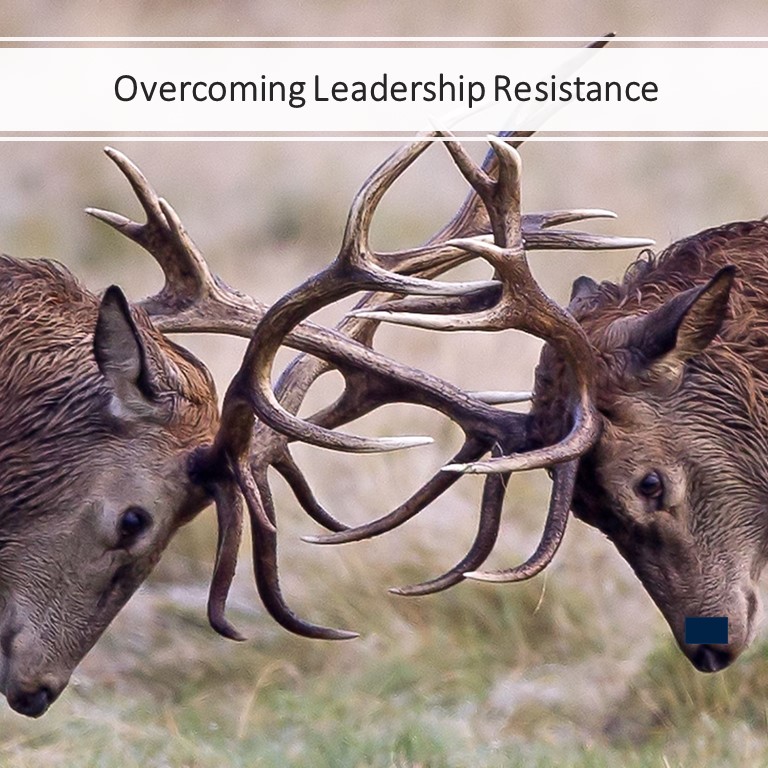
In the complex world of project management, success hinges not only on efficient execution but also on strong leadership support and alignment with organizational strategy. However, many project managers face the daunting challenge of navigating a landscape where executives may not fully grasp the value of the Project Management Office (PMO) or the importance of aligning project portfolios with strategic objectives. Add to this mix resistance to change and reluctance to adopt new methodologies, and the task becomes even more formidable. So, how can project managers overcome these hurdles and steer their projects towards success? Let’s delve into some guidance and solutions:
- Educate and Communicate: The first step is to bridge the gap in understanding between project managers and executives. Project managers should actively engage with leadership to educate them about the role of the PMO and its significance in driving organizational success. Clearly articulate how effective project management practices contribute to achieving strategic goals and delivering value to stakeholders. Regular communication channels such as meetings, presentations, and reports can help reinforce these messages.
- Demonstrate Value: Actions speak louder than words. Project managers need to consistently demonstrate the value that the PMO brings to the table. Showcase success stories, metrics, and tangible outcomes achieved through effective project management practices. Highlight how projects aligned with strategic priorities have yielded positive results, whether it’s increased revenue, improved customer satisfaction, or enhanced operational efficiency.
- Strategic Alignment: Emphasize the importance of aligning the project portfolio with the organization’s strategy. Collaborate closely with key stakeholders to understand strategic objectives and priorities. Evaluate projects based on their alignment with these objectives and their potential impact on the organization’s long-term goals. By aligning projects with strategic priorities, project managers can garner executive support and ensure that resources are allocated effectively.
- Navigate Conflicting Priorities: Conflicting priorities are a common challenge in project management. To address this, project managers should facilitate open discussions among stakeholders to identify common ground and reconcile conflicting objectives. Prioritize projects based on their strategic importance and potential value to the organization. Establish clear criteria and decision-making frameworks to guide project selection and resource allocation processes.
- Manage Resistance to Change: Change is inevitable, but resistance to change can impede progress. Project managers must proactively address resistance by fostering a culture of openness, collaboration, and continuous improvement. Engage stakeholders early in the change process, solicit their input, and address their concerns empathetically. Provide training and support to help team members adapt to new methodologies and practices. Celebrate successes and recognize individuals who embrace change and contribute to its success.
In conclusion, overcoming leadership resistance and aligning projects with organizational strategy require proactive communication, strategic alignment, and effective change management. By educating executives, demonstrating value, fostering strategic alignment, navigating conflicting priorities, and managing resistance to change, project managers can overcome these challenges and drive successful project outcomes. Remember, it’s not just about managing projects—it’s about leading change and driving organizational excellence.
Need help to overcome leadership resistance and demonstrate the value of your PMO? Apply for a free strategy session.
